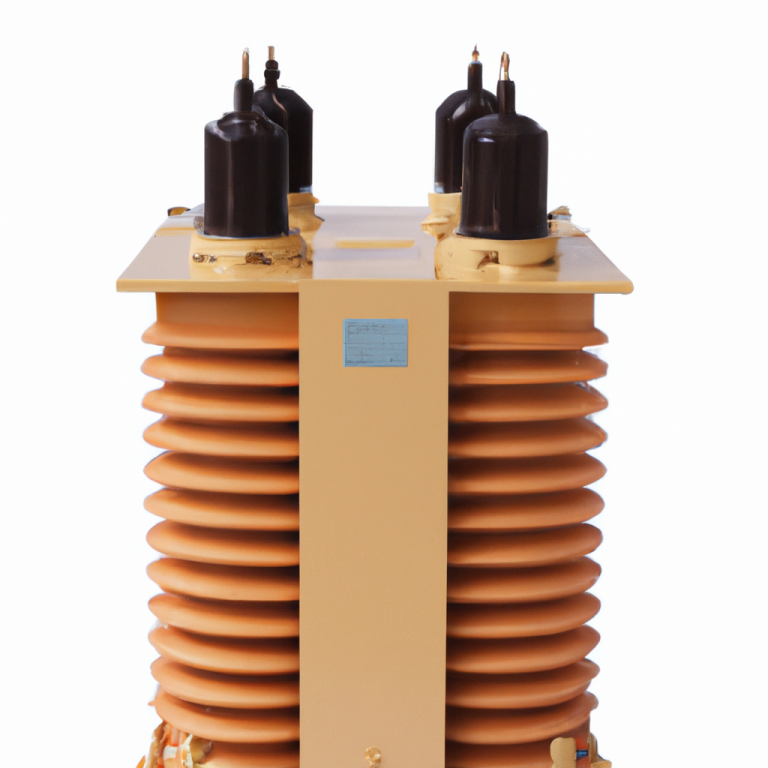Introduction
Electric transformers are essential components of any electrical system. They are used to convert electrical energy from one form to another, such as from high voltage to low voltage. It is important to ensure that the capacity of the transformer is adequate for the application. This article will provide an overview of how to ensure Electric transformer capacity. It will discuss the factors to consider when selecting a transformer, the importance of proper installation, and the importance of regular maintenance.
Understanding the Basics of Electric transformer Capacity: What You Need to Know
Electric transformers are essential components of the electrical grid, providing a means of transferring energy from one circuit to another. As such, it is important to understand the basics of transformer capacity in order to ensure that the transformer is properly sized for the application. This article will provide an overview of the basics of transformer capacity, including the different types of capacity, the factors that affect capacity, and the importance of proper sizing.
Transformer capacity is typically measured in either kilovolt-amperes (kVA) or megavolt-amperes (MVA). KVA is the most commonly used unit of measure, and it is used to describe the amount of power that a transformer can handle. The higher the kVA rating, the more power the transformer can handle.
The capacity of a transformer is determined by several factors, including the type of transformer, the size of the transformer, and the type of load. The type of transformer will determine the maximum capacity of the transformer, as different types of transformers have different maximum capacities. The size of the transformer will also affect the capacity, as larger transformers can handle more power than smaller transformers. Finally, the type of load will also affect the capacity, as some loads require more power than others.
It is important to properly size a transformer for the application in order to ensure that it can handle the load. If the transformer is undersized, it may not be able to handle the load, resulting in a power outage or other problems. On the other hand, if the transformer is oversized, it may be inefficient and waste energy.
In conclusion, understanding the basics of transformer capacity is essential for ensuring that the transformer is properly sized for the application. The capacity of a transformer is determined by several factors, including the type of transformer, the size of the transformer, and the type of load. It is important to properly size a transformer for the application in order to ensure that it can handle the load.

